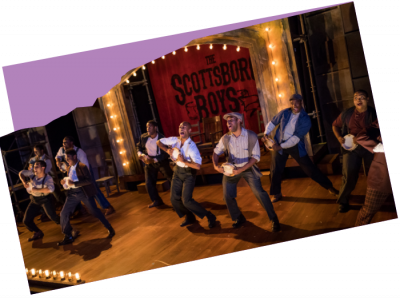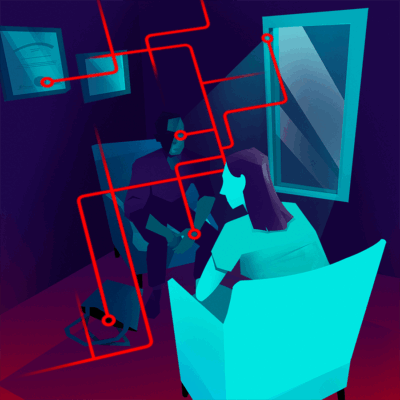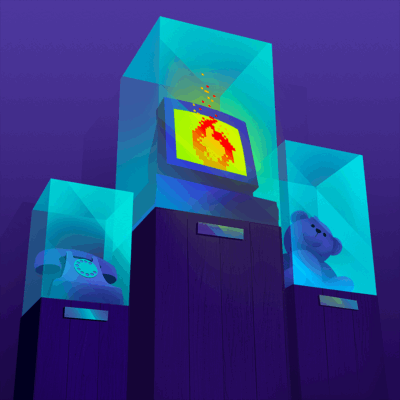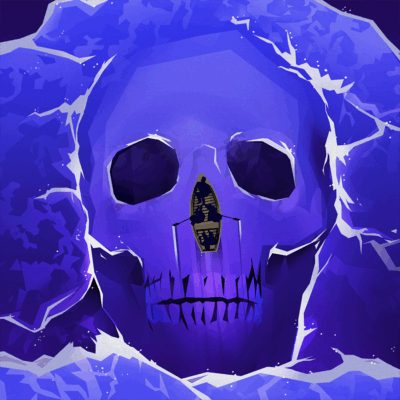Your donation sets the stage for a new season of Boston's most intimate, entertaining and provocative plays and musicals. Our shows make powerful connections with our audiences-- and they are only possible because of you.
Behind the Scenes
Behind the Scenes
Behind the Scenes: Janie E. Howland
Scenic Designer Janie E. Howland has designed several shows for SpeakEasy, including Five by Tenn, Fat Pig, The History Boys, and Next Fall. She has been a been a prolific presence throughout New England theatre, having designed productions for the Lyric Stage, New Rep, Boston Children’s Theatre, Seacoast Rep, and Worcester Foothills, among many others, with multiple IRNE and Norton Awards to her name.
In Other Desert Cities, now playing at SpeakEasy Stage, Janie created the Palm Springs living room of the Wyeth house, which serves as a battleground for the family’s Christmas reunion. In the interview that follows, she talks about her design process and the little details that make all the difference.
What attracted you to working on Other Desert Cities?
SpeakEasy is a great company to work with and Scott Edmiston is a director that I work with regularly; he asked me to join the team for this show. Once I read Other Desert Cities, I was equally interested, since I felt that I knew the characters in this play from my grandparent’s generation.
How long ago did you start work on the project?
I read it over this past summer and started working with Scott and the design team in October of 2012.
 How do you go about designing a set? Do you have a checklist?
How do you go about designing a set? Do you have a checklist?
In a nutshell:
– read the script
– do emotional response (image at left)
– meet with director and other designers and discuss “concept” and look and feel of show
– do research
– sketch design ideas/options
– meet with the director and go over ideas to narrow down the look of the show
– do more “final” sketches and/or 3-D rendering
– meet with director and finalize design
– draft the ground plan, section and elevations for the production manager, lighting designer, scene shop, stage manager, and anyone else interested
– do paint elevations
– check in on scene shop building the set
– check in at load-in, when the scene shop delivers the set
– tech the show – making adjustments
– enjoy opening and pat ourselves on the back!
Are you typically just executing the set the playwright has described in the text? Or are you free to come up with your own concept?
We definitely come up with our own concept. I try not to read too many of the stage directions or initial set description. If there is a need for something very specific, I will include that element.
At what point do you meet with the director or other collaborators? How much input do others have on your design?
The director has a huge impact on the design. He is the captain of the ship and sets the initial tone and concept for the production.
 Did you design for the Other Desert Cities set change much during the design process?
Did you design for the Other Desert Cities set change much during the design process?
We go through a process of looking at options and finally settling on one. Once that decision is made it does not change, but it goes through a few options prior to that.
Does a set typically change much during rehearsal?
Not usually. This set however did go through some changes: it moved down stage two feet, and we cut some of the background piece.
Who physically builds the sets for SpeakEasy? What is your part in that process?
Wooden Kiwi Productions constructed the scenery for Other Desert Cities. I go to the scene shop at some point in the build/paint time and approve what is happening and make any adjustments and answer questions.
How closely do you work with the other designers?
Pretty closely, especially lighting designers. They make the show look good.
What is your relationship to the props master? And who decides what is set dressing and what is a prop?
I work closely with the props master. I have to approve the look of each prop and piece of set dressing. Set dressing and furniture are also considered props. The props master is responsible for finding, buying, creating, or borrowing both.
 If it isn’t giving too much away, can you say what look and feel you were going for with the Other Desert Cities set?
If it isn’t giving too much away, can you say what look and feel you were going for with the Other Desert Cities set?
Palm springs stuck in the 1960s. The juxtaposition of what is real and what is a facade.
Is there something–some small detail or trick–that I should look for when I go to see the show?
Notice the Hopper-esque painting on the wall.
How did you get started as a scenic designer?
I started painting scenery in high school under my mentor Bill Fregosi. I did theatre in college for fun and ended up in graduate school at Brandeis. Being in the theatre is the place that I am the most comfortable and designing scenery is my 3-D art form.
What would you say are the most important skills a set designer must have?
Think on your feet and try to think out of the box. Be able to pare down ideas and get to the essential elements of the design. Don’t be too emotionally invested in every detail – things need to get cut or adjusted and you have to be able to go with it.
What advice would you give someone interested in a scenic design career?
Be prepared for long hours and little money. (Can I say that in public?) Meet people, network, and be persistent.
 Past Productions
Past Productions JOB
JOB The Antiquities
The Antiquities Swept Away
Swept Away




